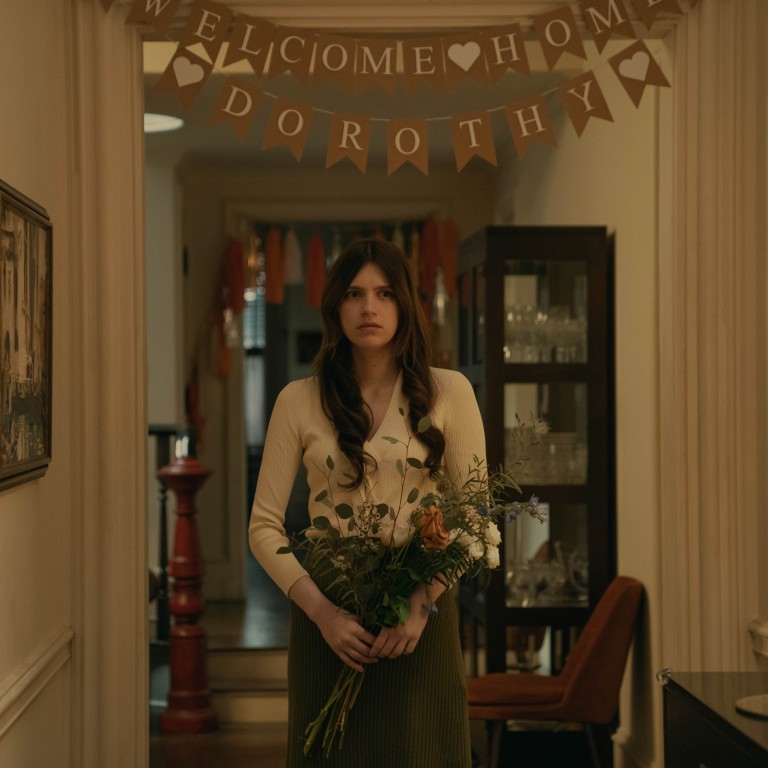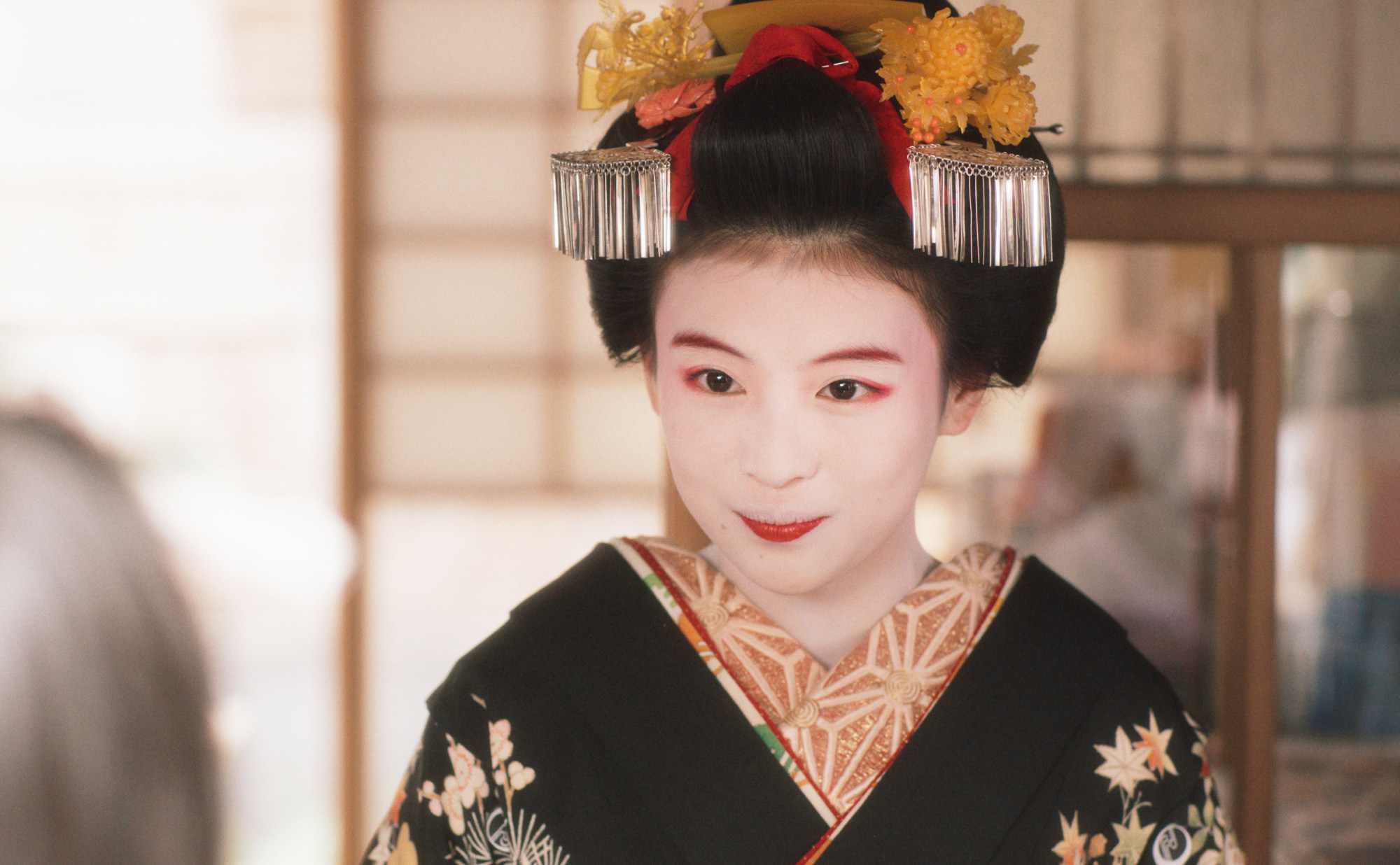
Servant season 4 on Apple TV+ continues M. Night Shyamalan’s excellent psychological horror (newcomers should watch the first 3 series first)
- M. Night Shyalaman brings the horror to that malevolent brownstone in Philadelphia for another season; if you’re new to Servant, don’t dive in – go to season 1
- Meanwhile, on Netflix’s The Makanai: Cooking for the Maiko House, Kiyo, who will never make it as a geisha, cooks for the other trainees
It’s surprising (for horror-film rookies) how much icy terror can be generated almost wordlessly.
But when everyone in your neighbourhood – hot-dog vendor, jogger, postman – is a potential zombie (without the bad skin) and their creator is M. Night Shyamalan, it’s probably time to sell the house.
That house, malevolent and the centre of all the disconcerting action, is a brownstone in an affluent area of Philadelphia and continues as a major player in Servant (Apple TV+), now in its 10-episode, fourth and final series.
So stunning are the tale’s twists that newcomers should begin with season one.

Suffice to say here that Dorothy (Lauren Ambrose), who definitely hasn’t been in Kansas for some time, remains embittered and delusional and is now bedridden to boot; nanny Leanne (Nell Tiger Free) is either the household’s saviour or the satanic leader of the “zombie” church that wants her back; and the men of the house are becoming increasingly confused and ineffectual.
Joining the claustrophobic fun this time are live-in nurses Bobbie and Bev, a couple of weird sisters who rapidly plant their feet under the table. And if you think Shyamalan doesn’t do sly humour, wait until you see what they keep under the bed.
Taiwan Crime Stories improves in second instalment of Disney+ thriller
Cooking up a storm
Kiyo will never make it as a trainee geisha. Rhythmically challenged in music class, bereft of poise when delicate dance steps are required and somewhat graceless in other ambulations, she does, however, have a secret weapon.
Kiyo proves to be a cook of the first order, and it’s her culinary skill that keeps her in the Kyoto house that’s home to teenaged wannabes in The Makanai: Cooking for the Maiko House (Netflix).

The trainees hope to become apprentice maiko, who are in turn apprentice geiko – the actual Kyoto name for geisha. Kiyo (Nana Mori) and best friend Sumire (Natsuki Deguchi) have travelled from Aomori to chase their joint dream, but it’s obvious almost from the start of the series’ nine episodes that only the latter will succeed.
And not only that: such is her leading-lady quality that Sumire soon morphs into the queen-in-waiting to Momoko (Ai Hashimoto), Kyoto’s most popular geiko, who (conveniently) is considering quitting the regimented world of the traditional professional entertainer.

So, too, the rituals around the dress, presentation, superstitions and prescribed behaviour of these symbols of national culture.
Yet the resident for whom we root most is the initial failure. Kiyo is such an instant, roaring success as makanai (which, confusingly, denotes both cook and meal) that she becomes as much of the maiko house’s focus as the maiko themselves.
Tirelessly upbeat, caring and genuinely delighted by her friend’s achievements, she’s a sort of cherished Cinderella the house suddenly can’t function without.

As such, she also helps provide a window on another dimension to the story: the everyday hopes, fears, even romantic attachments of otherwise exalted girls when off duty and out of “uniform”.
And beyond this glimpse behind the white face powder, The Makanai offers something else still. It is also a meditation on food and its restorative powers, particularly when stirring memories of home for those who have upped sticks.
But Kiyo doesn’t prepare just comfort food: she serves rations to those on the front line of the battle to preserve a chunk of a country’s heritage.

